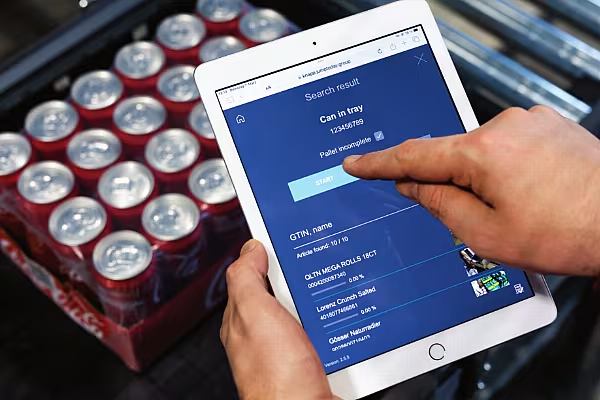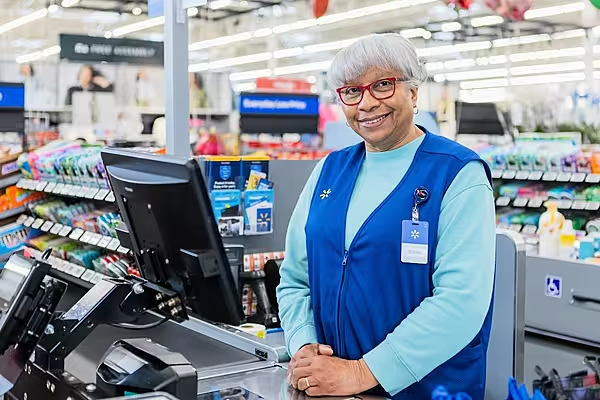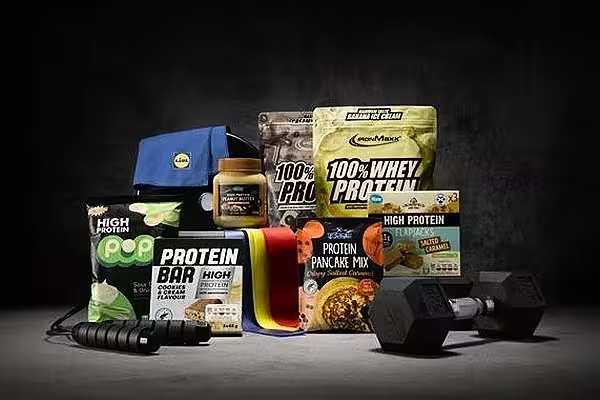KNAPP offers a comprehensive range of solutions aimed at easing the pressure on retailers when it comes to their logistics structure.
Shifts in work patterns and demographic trends have given rise to a global scarcity of labour, particularly in the logistics sector, with increased automation providing the remedy. Growing demand for automated warehouse solutions and logistics software has resulted in a strong fiscal year for KNAPP, which saw a 18% increase in turnover in 2022/23.
ESM spoke to Rudolf Hansl, Vice President of Food Retail Solutions, KNAPP Systemintegration GmbH.
ESM: Retailers are facing significant cost pressures at present, particularly in their logistics infrastructure. How can KNAPP help alleviate these challenges?
Rudolf Hansl: Retailers are always under cost pressure in their logistics infrastructure, and we are used to helping them with that. Our automated solutions are there to improve the cost structure and service of logistics. Automation is a very important factor in ensuring profitability – especially in the field of e-commerce. Picking efficiency is significantly increased, processes are streamlined, and error rates are reduced.
We continue to collaborate with our customers once projects have been realised and constantly adapt and improve the solutions we offer them.
Retail is now an omnichannel industry. How is KNAPP able to build this flexibility into its solutions?
The solutions are there. Very often the silos of our customers’ organisations make omnichannel solutions difficult to realise, while the physical transport radius also needs to be simplified – for example, in a grocery business a central warehouse has to deliver to between 200 and 600 shops on a daily basis. So, logically, high filling rates of trucks and optimised route management comes into play here.
However, in online grocery, fulfilment centres need to be close to their customers, usually the major cities. Omnichannel warehouses demonstrate synergies but require a reasonable network of hubs and spokes to distribute e-commerce orders efficiently.
To what degree is AI and machine learning being integrated into KNAPP’s product offering?
There is a lot of hype around artificial intelligence at the moment, but in this industry, algorithm-based software has been around for a long time. Robotics and AI are, of course, very important topics, given the current shortage of qualified personnel and rising labour costs. Certainly, there are recent successes in terms of the application of AI in efficient robot picking, such as our Pick-it-Easy Robot, which learns fast and has seen continuous improvement in performance and quality.
The combination of cloud computing with machine learning was a real breakthrough for the Pick-it-Easy Robot. AIbased grip point calculation with simple management of master data enables the robot to correctly grip a large range of items, including the average robot’s worst nightmare – soft, flexible packages with reflective and smooth surfaces.
Our Pick-it-Easy Robot learns with every pick, thanks to it’s AI systems, which are provided by AI startup Covariant. Overall, AI and algorithms will play a key-role in nearly all logistics areas in the future.
Many businesses also face personnel shortages in their supply chain structure. How can KNAPP make life easier for logistics personnel?
An increasing shortage of qualified personnel is a major challenge for many companies. Warehouses in particular have difficulty finding the right employees, with tasks often physically demanding, monotonous and repetitive. In addition, they typically have a high turnover of personnel.
With our solutions, we continuously improve operational simplicity – for example, using our solutions a non-trained picking employee can get to 80% to 90% performance within 30 to 60 minutes’ worth of training on the job.
Our customers can stay competitive by using intelligent robotics. From internal transport to storage, picking, sequencing and palletising, we offer options for optimising every area of our customers’ warehouses.
I already mentioned the Pick-it-Easy Robot, but another robotics solution we have specially developed for food retailing is RUNPICK, which provides the answer to major challenges in store delivery.
Also of note are our remote control centres and predictive maintenance – it’s possible to outsource maintenance through our service team and identify critical problems early on, before they have an impact on the ongoing operation.
How has KNAPP’s software portfolio evolved in recent years?
Our warehouse management system (WMS) plans, monitors and optimises all the processes in the warehouse. This suite is constantly evolving in terms of modularity, standardisation, and enrichment of processes. Together with the warehouse control system, it is the brain behind every digital and automated warehouse.
In these volatile times, making forecasts and tracking developments in the marketplace has become difficult, making it challenging to fine-tune operations to everchanging order volumes.
Our KiSoft Analytics tool collects, combines and evaluates data from all orders and helps our customers to manage a DC and find its daily sweet spot.
We have also created additional packages along the value chain. One of these awardwinning app-based modules is KiSoft Genomix, which enables businesses to register and manage product data, a key factor for success. For robots, shuttles and other machines to handle goods optimally, they need a comprehensive and extensive set of data. With this in mind, the KiSoft Genomix system digitises all relevant attributes, and knows exactly which parameters the technologies need to run like clockwork, thereby optimising all processes and boosting efficiency and performance of the automated solutions.
Elsewhere, KiSoft Delivery Solution is an integrated planning tool for tracking and transport management, to optimise delivery routes for e-commerce home deliveries.
Using this tool, it is possible to see not only whether specific items are still inside the warehouse or on the road, but also which items are being delivered by which truck, and where each truck is located.
Flexibility is vital, because we don’t know how consumers will behave in the future, or how the order structure will develop over the next few years. With this in mind, we continue to show our partners how we can adapt and improve their solutions.
To learn more, visit www.knapp.com.
This article was written in partnership with KNAPP.













